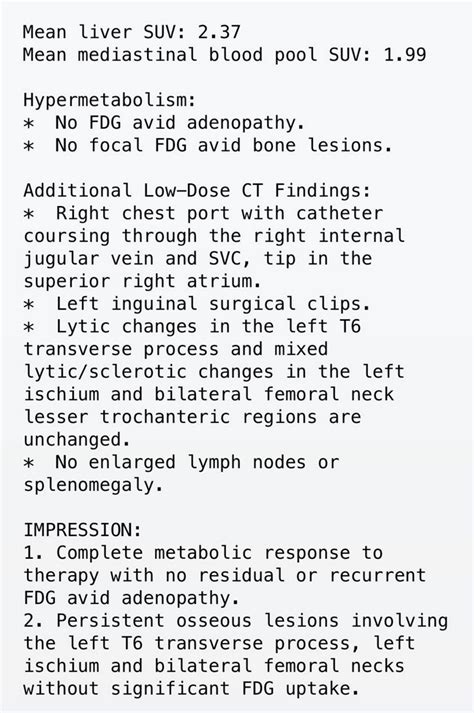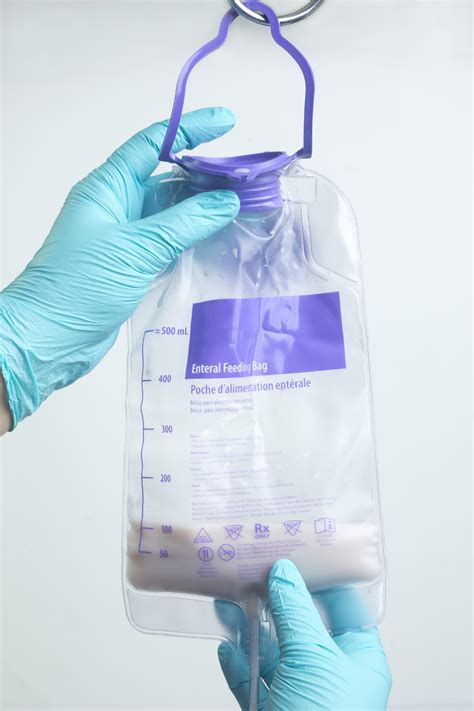Intro
Learn 7 effective ways to treat bruised ribs, including pain management, breathing exercises, and home remedies, to alleviate rib cage discomfort and promote healing from rib injuries and fractures.
Bruised ribs can be a painful and debilitating injury, making everyday activities like breathing, coughing, and moving around a chore. The injury occurs when the ribs are compressed or struck, causing blood vessels to rupture and blood to leak into the surrounding tissues. This leads to the characteristic bruising, swelling, and pain associated with bruised ribs. Treating bruised ribs requires a combination of self-care, medical attention, and time. In this article, we will explore the various ways to treat bruised ribs, helping you manage your symptoms and accelerate the healing process.
Bruised ribs can result from a variety of incidents, including falls, sports injuries, car accidents, and even severe coughing fits. The severity of the injury can vary, ranging from mild bruising to more serious complications like broken ribs or internal injuries. It is essential to seek medical attention if you suspect you have bruised ribs, especially if you experience severe pain, difficulty breathing, or if the injury is a result of a significant trauma. A healthcare professional can assess the extent of the injury and provide a proper diagnosis and treatment plan.
The treatment for bruised ribs typically involves a combination of rest, pain management, and physical therapy. In some cases, medical interventions like surgery may be necessary to treat related complications. Understanding the different treatment options available and how they work can help you make informed decisions about your care. Moreover, learning how to manage your symptoms and prevent further injury can significantly improve your recovery outcomes. Whether you are dealing with a minor bruise or a more severe injury, there are steps you can take to alleviate your discomfort and support your body's natural healing process.
Treatment Options for Bruised Ribs

When it comes to treating bruised ribs, the primary goals are to reduce pain, promote healing, and prevent further injury. The treatment approach may vary depending on the severity of the bruising and the presence of any complications. Here are some of the common treatment options for bruised ribs:
Pain Management
Pain management is a critical aspect of treating bruised ribs. Over-the-counter pain relievers like acetaminophen or ibuprofen can help reduce pain and inflammation. However, it is crucial to follow the recommended dosage and consult with your healthcare provider before taking any medication, especially if you have any underlying health conditions or take other medications.Rest and Recovery

Rest is essential for the healing process. Avoid activities that exacerbate the pain or put additional stress on your ribs. Taking regular breaks to rest and applying ice to the affected area can help reduce swelling and pain. It is also important to maintain good posture to avoid putting unnecessary strain on your ribs.
Physical Therapy
Physical therapy can play a significant role in the recovery from bruised ribs. A physical therapist can teach you exercises to improve your range of motion, strengthen your muscles, and enhance your breathing techniques. These exercises can help reduce stiffness, improve mobility, and prevent long-term complications like frozen shoulder or reduced lung capacity.Medical Interventions

In some cases, medical interventions may be necessary to treat complications associated with bruised ribs. For instance, if you have a broken rib, you may require surgery to stabilize the bone and prevent further injury. Additionally, if you experience any signs of internal injuries, such as abdominal pain, vomiting, or difficulty breathing, seek immediate medical attention.
Alternative Therapies
Alternative therapies like acupuncture, massage, and chiropractic care may also be beneficial in managing the symptoms of bruised ribs. These therapies can help reduce pain, improve circulation, and promote relaxation. However, it is essential to consult with your healthcare provider before seeking alternative therapies, especially if you have any underlying health conditions.Lifestyle Modifications

Making lifestyle modifications can significantly impact your recovery from bruised ribs. This includes avoiding heavy lifting, bending, or strenuous activities that can exacerbate the injury. Maintaining a healthy diet rich in nutrients, staying hydrated, and getting enough sleep can also support your body's healing process.
Prevention Strategies
Preventing further injury is crucial when you have bruised ribs. Wearing protective gear during sports or activities that carry a risk of falls or collisions can help reduce the risk of rib injuries. Additionally, practicing good posture, exercising regularly to strengthen your core and back muscles, and avoiding heavy lifting can also help prevent rib injuries.Nutritional Support

Nutritional support plays a vital role in the recovery from bruised ribs. Consuming a balanced diet rich in vitamins, minerals, and proteins can help promote healing and reduce inflammation. Foods high in omega-3 fatty acids, such as salmon and walnuts, can help reduce inflammation, while foods rich in vitamin C, like citrus fruits and leafy greens, can support collagen production and tissue repair.
Supplements and Vitamins
Certain supplements and vitamins may also be beneficial in supporting the healing process. For example, vitamin D and calcium can help promote bone health, while turmeric and ginger have anti-inflammatory properties that can help reduce pain and inflammation. However, it is essential to consult with your healthcare provider before taking any supplements, as they can interact with medications or have adverse effects in certain individuals.Conclusion and Next Steps

Treating bruised ribs requires patience, self-care, and medical attention. By understanding the different treatment options available and taking steps to manage your symptoms and prevent further injury, you can support your body's natural healing process and improve your recovery outcomes. Remember to seek medical attention if you experience severe pain, difficulty breathing, or if the injury is a result of a significant trauma. With the right treatment and care, you can alleviate your discomfort, promote healing, and get back to your normal activities.
We invite you to share your experiences with bruised ribs, ask questions, or provide feedback on this article. Your input can help others understand the condition better and find the support they need during their recovery journey. Additionally, if you found this article informative and helpful, please consider sharing it with others who may benefit from the information.
What are the common causes of bruised ribs?
+Bruised ribs can result from falls, sports injuries, car accidents, and even severe coughing fits. The severity of the injury can vary, ranging from mild bruising to more serious complications like broken ribs or internal injuries.
How long does it take for bruised ribs to heal?
+The healing time for bruised ribs can vary depending on the severity of the injury. Mild cases may heal within a few weeks, while more severe cases can take several months to recover. It is essential to follow your healthcare provider's advice and attend follow-up appointments to monitor your progress.
Can I exercise with bruised ribs?
+It is generally recommended to avoid strenuous activities and exercises that can exacerbate the pain or put additional stress on your ribs. However, gentle exercises like deep breathing, stretching, and yoga can help improve your range of motion and reduce stiffness. Consult with your healthcare provider or a physical therapist to develop a safe and effective exercise plan.
